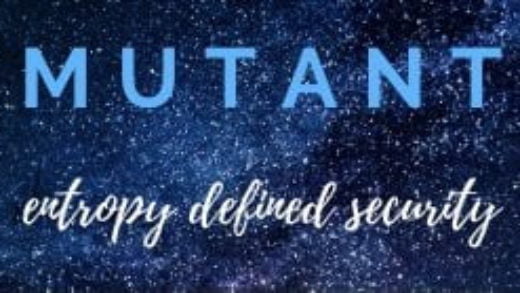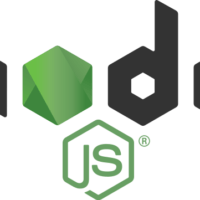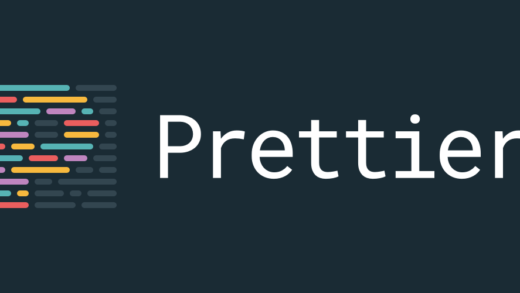Data is propelling all industries and businesses across the world. Today, we see multiple examples of data distribution at the heart of all machine learning algorithms and data science techniques.
This has made finding the right data management system a top priority, with one of the most in-demand systems being the NoSQL database (non-relational database). The key factors driving the need for NoSQL databases are the rise of Big Data, the need for real-time data processing, and the ability to scale. There are four types of NoSQL databases: documents, key-value, wide-column, and graphs. In this post, we will focus on document databases and examine their strengths and weaknesses.
What is a Document Database?
A document database (document-oriented database or a document store) is a type of NoSQL database that stores information in documents. Due to their versatility a document database is a general-purpose database that can be used in an assortment of use cases and industries. Instead of storing data in fixed rows and columns as an SQL database does, document databases store data in flexible documents. A document stores information on one object and any of its related metadata, with the data being stored in field-value pairs. These values can be various data types and structures, including numbers, strings, dates, arrays, and objects. The documents can be stored in JSON, BSON, and XML formats, making the document database very adaptable.
Strengths
Flexible schema
A document database’s flexible schema allows for the data model to change as an application’s necessities change. This includes the ability to store multiple types of data (both structured and unstructured), as well as organize it to match the application’s needs. Therefore, developers can create the required structure for a specific document without affecting all documents. As a result, the schema can be quickly modified without causing downtime.
Scalable
What makes NoSQL databases so appealing to businesses is their ability to scale horizontally. This is because businesses these days generate and consume a huge amount of data. Document databases can store additional data horizontally by adding more servers, compared to vertical scaling, which requires adding more resources to a server. This makes document databases ideal for working with datasets that quickly expand, such as AI applications, and for cloud computing purposes.
Developer-friendly
Developers find working with data in documents to be easier and more intuitive than working with data in tables. This is because they don’t have to worry about manually splitting related data across various tables when storing it or joining it back together when retrieving it. All the information on a single subject can stored on one document compared to the multiple tables required in relational databases.
Multiple Use Cases
With document databases being general-purpose databases, they can serve a wide range of use cases for both transactional and analytical applications. This includes a single view or data hub, customer data management and personalization, the Internet of Things (IoT) and time-series data, product catalogs and content management, payment processing, mobile apps, and real-time analytics.
Weaknesses
Does not support multi-document ACID transactions
Multi-document ACID (Atomicity, Consistency, Isolation, and Durability) transactions guarantee that database operations leave the database in a valid state, even if unexpected errors transpire. A common issue that developers have found with document databases is that many do not support multi-document ACID transactions.
Lack of Familiarity
While document databases are increasing in popularity, there is a lack of information and documentation regarding them outside the database’s own wiki or forums. While developer-friendly, the lack of familiarity can lead to the loss of data. This is also compounded by how NoSQL databases are always evolving to keep up with modern data innovations compared to the established SQL databases which haven’t changed much.
Conclusion
Document databases are fast becoming one of the most necessary data management systems in the modern data ecosystem. Their flexible schema and scalability allow users to be agile and move quickly with any changes. While not as established as SQL databases, as the data landscape continues to evolve, more industries will rely on document databases.



















